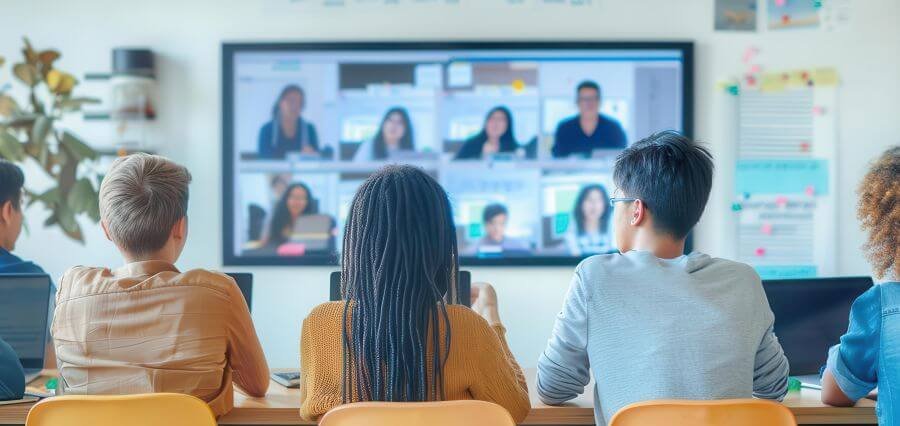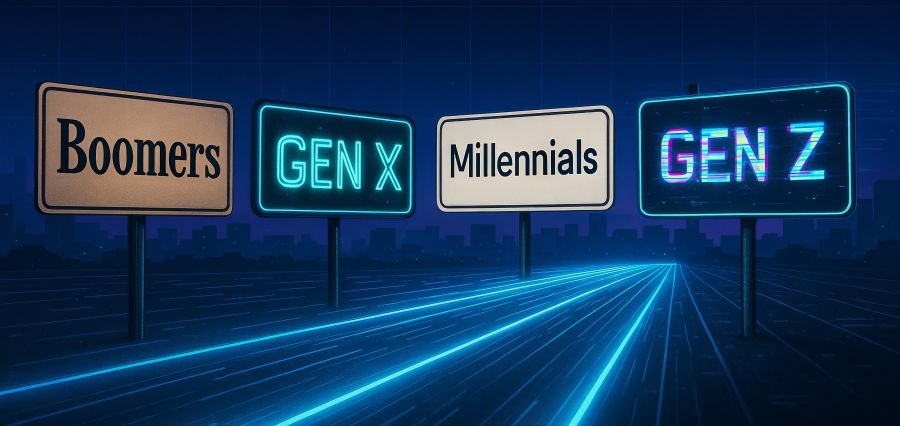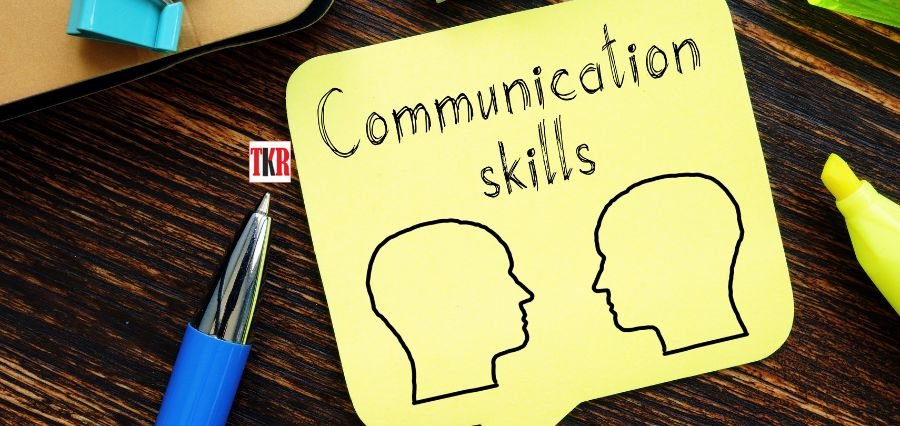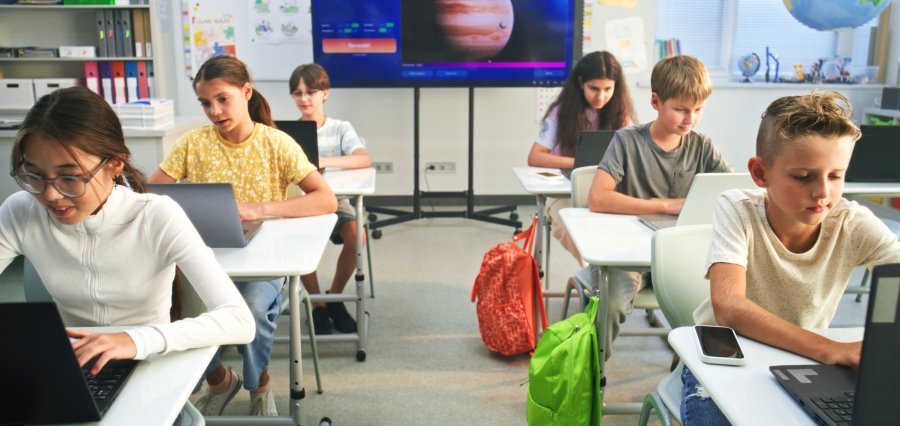Virtual classrooms for distance learning have revolutionized the face of learning and introduced new innovative solutions helpful for students and teachers. As society’s needs are changing, virtual classrooms have emerged as a tool to provide easy access, flexibility, and engagement in learning.
Understanding the Virtual Classroom Environment
A virtual classroom is an online space that uses digital tools to facilitate interaction between the instructor and the learner. Real-time communication is achieved using video conferencing, chat features, and interactive whiteboards. Unlike traditional classrooms, virtual classrooms allow students to learn from anywhere in the world if they have internet connectivity. The current state of global crises, and specifically the COVID-19 pandemic, has greatly intensified this shift toward online learning.
Advantages of a Virtual Classroom There are many advantages of a virtual classroom environment that are far-reaching and impactful:
The most important aspects are flexibility and accessibility. It is quite flexible. Students can attend their classes at their convenient hours, which allows them to balance education with work commitments or family responsibilities. Access is also very useful, mainly for students with disabilities who cannot attend traditional schools and those living in remote places.
Increased engagement of students: The virtual classroom has various interactive tools like polls, quizzes, and breakout rooms, which ensure active participation in discussions. Such an engagement keeps the students motivated and interested in learning.
Improved Technology Skills: A virtual classroom environment inherently promotes technological proficiency. Students become adept at using different digital tools and platforms in preparing them for a technologically driven workforce. As more employers seek candidates who are comfortable with digital communication and collaboration, this skill development becomes all the more important.
Personalized learning: With virtual classrooms, teachers learn how to adapt their styles to suit different kinds of learning capacities. Progression and revisiting happen at a student’s preferred rate to understand better. All the above personalized ways enhance the general process of learning.
Cost efficiency: virtual classrooms save money on resources like transportation, accommodation and other physical material used when it comes to traditional settings. Institutions are able to make better resource allocation.
Continuous access to resources:-Unlike traditional classrooms, virtual classrooms provide recorded lectures, and supplementary resources accessible anywhere, anytime. The idea is that this ensures access to the information or learning material for as long as possible, supporting better comprehension and retention.
Collaboration Opportunities: Virtual classrooms allow students from diverse backgrounds and locations to collaborate. Group projects can be conducted online, and the ideas and perspectives shared enrich the learning process.
Challenges in Virtual Classrooms
Despite all the advantages, there are some challenges related to virtual classroom environments:
Technical Problems: Technical problems or software failure can hamper the learning process. Technology that works is a must so that everything goes well.
Isolation: In a virtual environment, students might feel isolated because they do not have interaction with other students and lecturers face-to-face. Building a sense of community is very important to counter the problem.
Self-Motivation: In a virtual learning environment, students are primarily responsible for their learning process. Self-discipline lacking students would find it very difficult to keep themselves engrossed without the constraining boundaries of a real classroom6.
Future of Virtual Classrooms
Technological advancement will continue to make virtual classrooms more powerful. Among future developments are the following:
More Advanced Virtual Reality: VR technology could enable a more immersive learning experience simulating real-life settings.
Artificial Intelligence Integration: AI could further personalize the learning experience by tailoring content according to individual performance and preferences of the learners.
Global Learning Communities: Increased connectivity may result in more collaborative projects across borders, enriching cultural exchange and understanding among students globally.
With virtual classrooms for distance learning, there is an absolute shift in the pattern of learning and acquiring knowledge. This well-structured virtual classroom environment is a very attractive alternative to traditional models of education in terms of flexibility, accessibility, and improved engagement. But there are still some challenges that technology is bound to overcome with continuous improvements.
As educators continue experimenting with new ways to integrate technology into teaching and learning, the future of education appears promisingly digital. In fact, an enormous scope exists to develop inclusive, engaging, and effective learning experiences in virtual classrooms, which transforms not only the way we learn but also who we can reach.
In a nutshell, adoption of the virtual classroom brings about more fulfilling educational experience that equips students with the success skills needed for an increasingly digital world.









